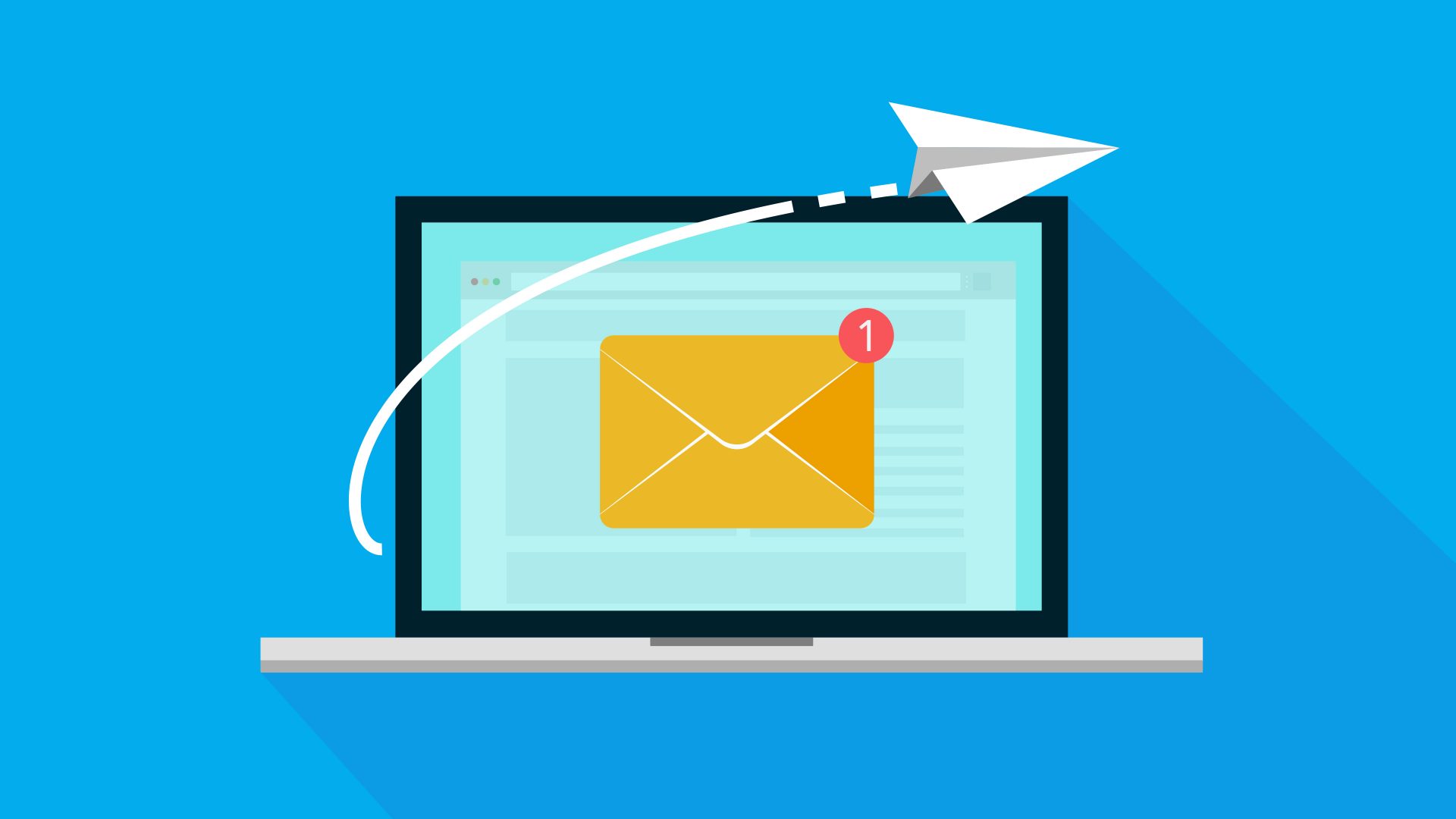Writing a cold email can be as daunting as making a cold call. What if there was a way to craft the perfect cold email: one that significantly improves your chances of getting the response you want?
There is, and all it requires is some technique. Apply the following three tips to your cold emails, and soon you’ll be an expert at starting meaningful dialogue with anyone you want to reach.
1. Write a short email
This is the golden rule of email communication. Once you have an established relationship, feel free to ramble on if you know the recipient will be happy to read it. When you’re reaching out for the first time, keep your communication to no more than four sentences, and ideally even less. Here’s why:
It shows respect
By keeping your email short, you’re showing that you value the recipient’s time, and your own. Show some respect to busy people and they’re more likely to show you some back.
It gets read
When people aren’t sure about an email, they click and skim. During this skimming process they decide whether or not to commit to the emotional process of investigating further. If your email is short, your whole message gets through right at the skimming stage.
It forces you to focus
To get good results, you must segment your business mailing lists by demographics, prior relationship, time in operation, and other important delineators. With those segmentations in mind, writing a short email forces you to focus on your true message.
It lets you get more personal
If you’re writing an essay every time you email, you can’t possibly take the time to do much in the way of personalization. Once you became accomplished at the art of the short email, you’ll have the time to tailor your communications.
2. Stand out from the crowd
Everyone gets spam, and we’re all pretty good at identifying it quickly and dragging it straight to the trash folder. You have to make your email original and personal to avoid this treatment, and you have to do this early in the communication.
Mention their good press
When you’re reaching out to a business, let them know you’re writing specifically by mentioning something about them you’ve read lately. This shows you’re making a personal inquiry to them and paying attention to their latest endeavors.
Hyperlink to their site
If you’ve got a product that can be helpful to a company, make sure you hyperlink to their own website as a way of showing you’ve done your due diligence and thought about how you can offer them genuine value.
3. Speak like a human
Some people get weird when they write. Instead of using a normal, conversational tone, they write in ways they would never speak. They express themselves with backwards syntax and use words like “comprise.”
This happens because most of us learned to write in an academic setting, and formality is very important in that setting. That same formality can sink your email campaign before it even gets off the ground.
Stay warm and friendly
You don’t want to be so friendly it feels like you’re presuming on a relationship that’s not actually there; but with that caveat, make sure your writing is casual. Cold, formal language makes you seem distant and boring.
Don’t send without checking
Schedule your emails so you have time to write and then let them sit before you send. You have to get some distance from your writing to see possible mistakes and get a feel for the tone. Come back to it a few hours later, and, as you read it, ask yourself: “How would I feel if this landed in my inbox?”



